32E Type Generators
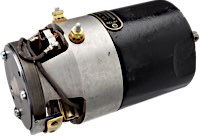
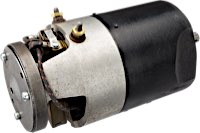
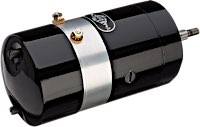
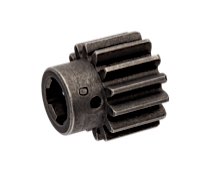
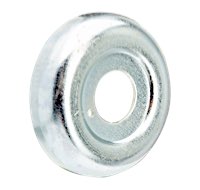
Type 32E generators
This is Harley-Davidson's three-brush generator par excellence. Starting in 1932, it was standard equipment on the two-cylinder models and was used on all two-cylinder models until 1957. So it covers the range from R and V models to Knucklehead and Panhead (E and F models) to U and W models and K models and the first Sportster. Also in the Servi-Cars it did its service until 1957. Exceptions were only the models with radio equipment, recognizable by the fan wheel on the generator.
32E - What to consider when connecting?
This type of generator does not need a regulator, the output power is controlled by the position of the regulating brush and the switchable 2nd field coil (if wired correctly via the light connection of the ignition light switch). Only a reverse current relay is connected between the generator and the battery, the contacts of which open when the generator voltage becomes lower than the battery voltage. The relay can easily be replaced by an appropriately sized diode. The generator housing must have a good ground connection: dirt, varnish and Loctite in the threads prevent a good ground connection. After installation, the generator must be polarized. The easiest way to do this is to briefly close the contacts of the mechanical reverse current relay by tapping on them. If a diode is installed instead, a short connection of the "relay" terminal to battery positive or the battery terminal on the ignition lock will help. Fractions of a second are sufficient, the resulting spark is harmless.
32E - What faults can occur?
The generator has fixed field coils and the armature as a moving part. Mechanical faults can be in the bearings. Electrical faults can have a variety of causes:
- Leaking sealing rings and gaskets and poor covering of the carbon brushes allow oil and dirt to get to the brushes. - Lack of maintenance causes rusted or worn carbon brushes.
- Insulation on terminals and wires may be damaged.
- Armature windings may be worn or damaged. The armature windings themselves may be shorting to each other (winding short) or shorting to ground.
- The field coils may have a short circuit to windings or to ground.
To test in the removed state, you can connect the 32E generator to a 6 V battery: positive to "relay" and negative to the generator housing (ground). The generator must then run as an electric motor. If you also connect the "Switch" to battery positive, it must speed up. If it turns only slowly and sluggishly or not at all, it must be disassembled and the components checked individually. The steps for disassembly and reassembly are described in detail in the workshop manual.

Have any questions?
Our service team will be glad to help out: Mondays - Thursdays 08:00-17:00 CET, Fridays 08:00-16:00 CET, Phone: +49 / 931 250 61 16, eMail: service@wwag.com